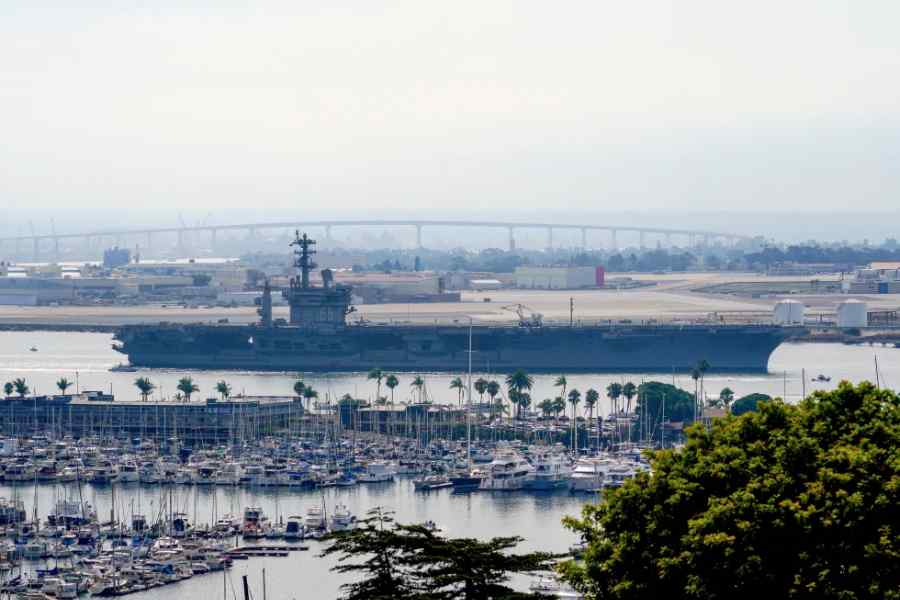A fighter jet and a helicopter based off the aircraft carrier USS Nimitz both crashed into the South China Sea within 30 minutes of each other on Sunday afternoon, the Navy’s Pacific Fleet said.
The three crew members of the MH-60R Sea Hawk helicopter were rescued, and the two aviators in the F/A-18F Super Hornet fighter jet ejected and were recovered safely, and all five “are safe and in stable condition,” the fleet said in a statement.
The causes of the two crashes were under investigation, the statement said.
The F/A-18 is at least the fourth of the $60 million fighter jets the Navy has lost this year, reports CNN.
The USS Nimitz, one of the largest warships in the world, is the oldest US aircraft carrier in service and is expected to be retired next year.
The aircraft crashes come amid President Donald Trump’s diplomacy tour in Asia, where he’s expected to meet with Chinese leader Xi Jinping this week for talks focused primarily on trade.
The USS Nimitz is returning to its home port in Naval Base Kitsap in Washington state after having been deployed to the Middle East for most of the summer as part of the US response to attacks by Yemen’s Houthi rebels on commercial shipping. The carrier is on its final deployment before decommissioning.
Another aircraft carrier, the USS Harry S. Truman, suffered a series of mishaps in recent months while deployed to the Middle East.
In December, the guided-missile cruiser USS Gettysburg mistakenly shot down an F/A-18 jet from the Truman.
Then, in April, another F/A-18 fighter jet slipped off the Truman’s hangar deck and fell into the Red Sea.
And in May, an F/A fighter jet landing on the carrier in the Red Sea went overboard after apparently failing to catch the steel cables used to stop landing planes and forcing its two pilots to eject.
No sailors were killed in any of those mishaps. The results of investigations into those incidents have yet to be released.
Beijing claims “indisputable sovereignty” over almost all of the South China Sea, and most of the islands and sandbars within it, including many features that are hundreds of miles from mainland China. The Philippines, Malaysia, Vietnam, Brunei and Taiwan also hold competing claims.
In 2016, an international tribunal in The Hague ruled in favor of the Philippines in a landmark maritime dispute, which concluded that China has no legal basis to claim historic rights to the bulk of the South China Sea.
China has ignored the ruling.
The US is not a claimant to the South China Sea, but says the waters are crucial to its national interest of guaranteeing freedom of the seas worldwide.
The US Navy regularly conducts freedom of navigation operations (FONOPs) in the South China Sea, saying the US is “defending every nation’s right to fly, sail, and operate wherever international law allows.”
Beijing denounces such operations as illegal.










